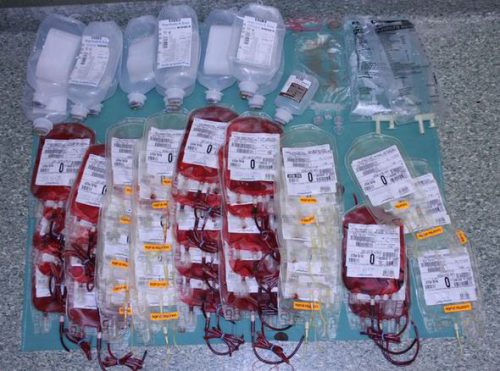I’m adding one more post to my EAST 2017 collection. This one struck me because it dovetails with another one I analyzed last week. After hearing both, something just clicked. The first was “When is mild TBI not so mild”, and opened my eyes to the fact that more TBI patients had ongoing problems than I imagined.
Now I just heard a presentation that looked at long term functional outcomes in patients with ISS > 9 at Brigham and Women’s Hospital. They identified patients in their trauma registry from 6 and 12 months prior to the study, and called these patients to administer several standard evaluation tools. Of 394 eligible patients, 27% could not be contacted, and 30% declined to participate, leaving 171 subjects. Half were 6 months out from their discharge, and half were a year out.
The findings were very interesting. Here are the factoids:
- 23% had a positive PTSD screen at 6 months, but this decreased to 16% at one year
- A quarter of patients were still living with assistance that they did not need preinjury in both time periods
- 20% of patients experienced a change in insurance
- Half of the patients stopped working due to their injury, and this did not improve at one year
- One in six were readmitted at some point for their injuries
- The majority used some type of rehabilitation service (inpatient or outpatient) during their recovery
Bottom line: In my mind, this is a very big deal. All trauma centers collect a huge amount of data to monitor how things work while the patient is in the hospital. However, once discharged, they are on their own. We have no idea how they are doing, we have no mechanisms for finding out, and we have no systems in place to help if there are problems.
It is certainly simple enough to schedule a few phone calls at time intervals after discharge. We have tools and screening questions that we can ask. We can even include this information in the trauma registry and trend it. But then what?
This problem reaches beyond the trauma centers. Sure, we can make referrals for PTSD and rehab services. But what about the patient’s job, or their insurance? What if they don’t have insurance coverage or funds for needed services?
I believe that trauma centers should develop these processes and start collecting this information now. But we will also have to work with community and social service resources in order to marshal the services that our patients require.
Reference: Routine inclusion of long-term functional and patient reported outcomes into trauma registries: can this be done? Paper #34, EAST 2017.

